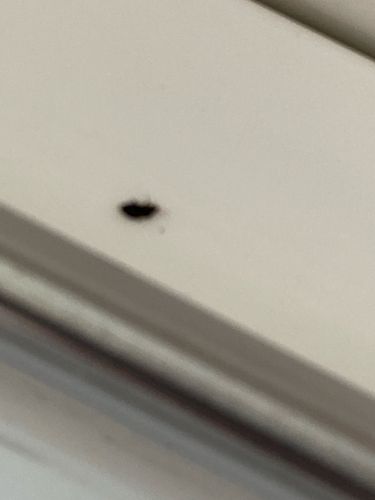Fungus Gnat (likely)
Scientific Name: Sciaridae (most common), Mycetophilidae
Order & Family: Order: Diptera, Family: Sciaridae or Mycetophilidae
Size: 1-8 mm

Natural Habitat
Damp, rich organic matter such as potting mix, decaying leaves, compost, and moist soil. Commonly found indoors around houseplants.
Diet & Feeding
Larvae feed on fungi, decaying organic matter, and plant roots. Adults do not feed significantly and primarily focus on reproduction.
Behavior Patterns
Adult fungus gnats are weak flyers and are often seen walking or flying near the soil surface of potted plants. They are attracted to light and moisture. Females lay eggs in moist soil, and the larvae develop in the soil, feeding on organic material and roots. The life cycle from egg to adult takes about 3-4 weeks depending on conditions.
Risks & Benefits
Potential risks include damage to plant roots, especially in seedlings and young plants, due to larval feeding. They can be a nuisance indoors due to their presence. They do not bite humans or animals and are not known to transmit diseases. Benefit: Larvae contribute to decomposition of organic matter in natural environments.
Identified on: 9/18/2025